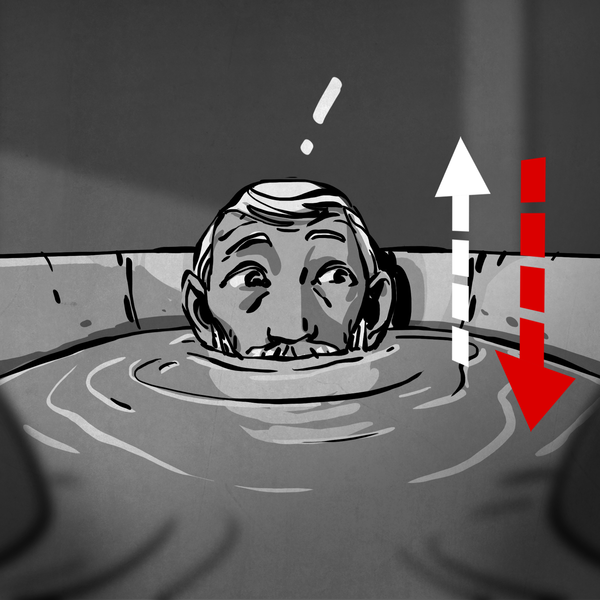In case you hadn’t noticed, we live in a dangerous world. While our soft, fleshy selves are remarkably good at absorbing kinetic energy and healing the damage that results, there are very definite limits to what we humans can deal with, beyond which we’ll need some help. Car crashes, falls from height, or even penetrating trauma such as gunshot wounds — events such as these will often land you in a trauma center where, if things are desperate enough, you’ll be on the operating table within the so-called “Golden Hour” of maximum survivability, to patch the holes and plug the leaks.
While the Golden Hour may be less of a hard limit than the name implies, it remains true that the sooner someone with a major traumatic injury gets into surgery, the better their chances of survival. Here on planet Earth, most urban locations can support one or more Level 1 trauma centers, putting huge swathes of the population within that 60-minute goal. Even in rural areas, EMS systems with Advanced Life Support crews can stabilize the severely wounded until they can be evacuated to a trauma center by helicopter, putting even more of the population within this protective bubble.
But ironically, residents in the highest-priced neighborhood in human history enjoy no such luxury. Despite only being the equivalent of a quick helicopter ride away, the astronauts and cosmonauts aboard the International Space Station are pretty much on their own when it comes to any traumatic injuries or medical emergencies that might crop up in orbit. While the ISS crews are well-prepared for that eventuality, as we’ll see, there’s only so much we can do right now, and we have a long way to go before we’re ready to perform surgery in space
Continue reading “A Cut Above: Surgery In Space, Now And In The Future”

















